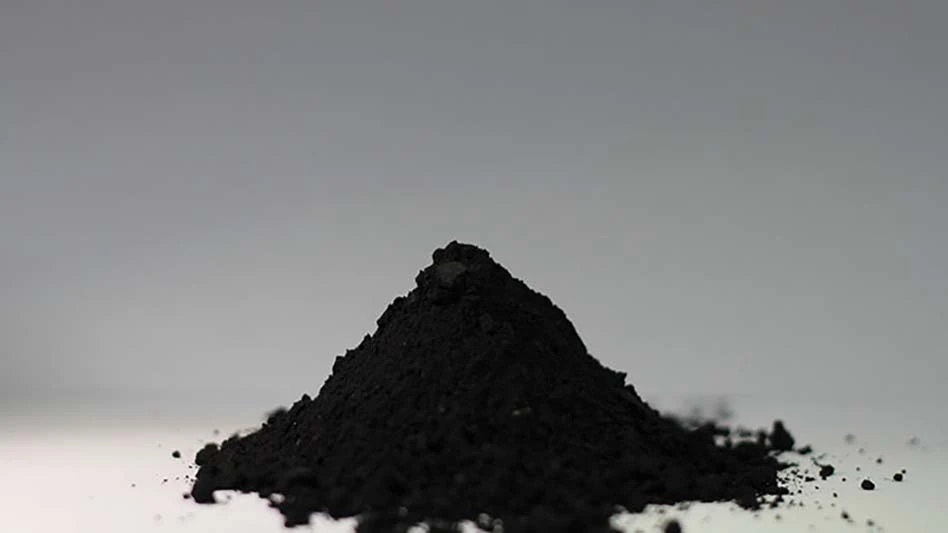
Arnaud Martinez | stock.adobe.com
Demand for postconsumer recycled resins in the packaging industry has continued to increase as brands further sustainability commitments, but challenges remain on the supply side.
At the early May Refocus Plastics Sustainability & Recycling Summit in Minneapolis, representatives from across the plastics supply chain came together to discuss how the plastics industry can work with material recovery facilities (MRFs) to increase recycling rates. Kate Davenport, co-president of Minneapolis-based Eureka Recycling, said, “There’s so much volatility in the recycling markets that it makes it really, really challenging.”
Eureka Recycling recovers 13 commodities it sells into supply chains, and Davenport said the value of the materials can fluctuate by 100 percent to 150 percent. “This time last year, the average basket value for a ton of material that came into our facility was about $180,” she said. “Today, it’s about $70.
“We live in a consumer-based society that’s very product-focused, and so we’re asking for millions of different products to come into one system to be sorted into about 13 different grades and sold into different supply chains,” Davenport continued. “Can you think of any other manufacturer that doesn’t have control over the quantity or quality of their feedstock? No, but that’s what we’re asking recycling to do—asking us to respond to changing packaging at any given moment and continue to make consistent-quality feedstocks—hat is one of the fundamental challenges that we see in terms of recycling.”
Davenport said that as brands have made commitments to use recycled content, natural high-density polyethylene (HDPE) is the easiest material to use to follow through on those commitments. She noted Eureka Recycling has seen the price of natural HDPE separate from virgin pricing while pricing for the other plastics the MRF sells remains correlated with virgin material, though it often sells at a discount to that material.
Zach Muscato, corporate sustainability manager at Cross Plains, Wisconsin-based thermoformer Plastic Ingenuity, said packaging producers “try to have our cake and eat it, too” when it comes to custom designs. He added that conversations with brand owners are critical to ensure the packaging doesn’t create issues for MRFs or reclaimers.
“It’s really important that we select, say, a natural or clear material whenever possible and avoid certain features that are detrimental to the MRF,” he said.
One of the biggest challenges in the plastics industry, Davenport said, is the increase in thermoformed packaging coming into MRFs. When Eureka Recycling started accepting thermoforms about 10 years ago, she said they made up about 6 percent to 7 percent of a polyethylene terephthalate (PET) bale. Now, however, that number is inching past the 10 percent mark. However, thermoformed containers present problems for reclaimers that are focused on bottle-to-bottle recycling.
Eureka has considered whether to separate PET bottles from thermoformed containers, but Davenport said cost benefits and end-market demand haven’t justified that process at the MRF level.
“There has to be multiple markets [for recycled material] because we don’t want to be left hanging the bag if that market disappears,” Davenport said. “There were plenty of PET reclaimers out there that allowed thermoforms to go into the bale, [but] the … reality is those PET reclaimers want thermoforms [no more than] 10 percent of the bale.
“We have no control over the fact that there’s more thermoforms coming into the packaging stream. We can’t tell the entire Twin Cities metropolitan area they no longer can put thermoforms with their recycling. We’ve already opened that floodgate, so what do we do about that?”
Muscato said thermoformed packaging producers have a vested interest in building those end markets and recognize there are bottlenecks at the recycling level. “That’s where collaboration comes into play,” he said. “Working with MRFs to understand what their true bottlenecks are so we can bring those learnings back to our customers and to our designers and also working with The Recycling Partnership and other organizations that are doing an excellent job looking at what those barriers are so we can work together to break them down.”
According to a November 2022 report from The Recycling Partnership, $17 billion in recycling infrastructure investments will be needed over five years to deliver the benefits of recycling to the public. “That’s not going to come unless we start to see on the demand side the pricing that justifies that investment,” Davenport said.
“Recyclers are rational market actors. We’re not managing waste; we’re managing feedstock, and we really need more stability to justify capturing more material. … We cannot continue to ride this commodity wave and expect to capture more material.”
Get curated news on YOUR industry.
Enter your email to receive our newsletters.
Latest from Recycling Today
- BIR calls for fair standards, circular solutions in defining ‘green steel’
- LME reports active Q2
- Liberty Steel assets facing financing deadlines
- Sims is part of Australian recycling loop
- Tariffs target steel exporters Brazil, Canada and South Korea
- Buy Scrap Software to showcase its software at Scrap Expo in September
- LG details recycling activities
- Algoma EAF is up and running






